13 Nights / 14 Days
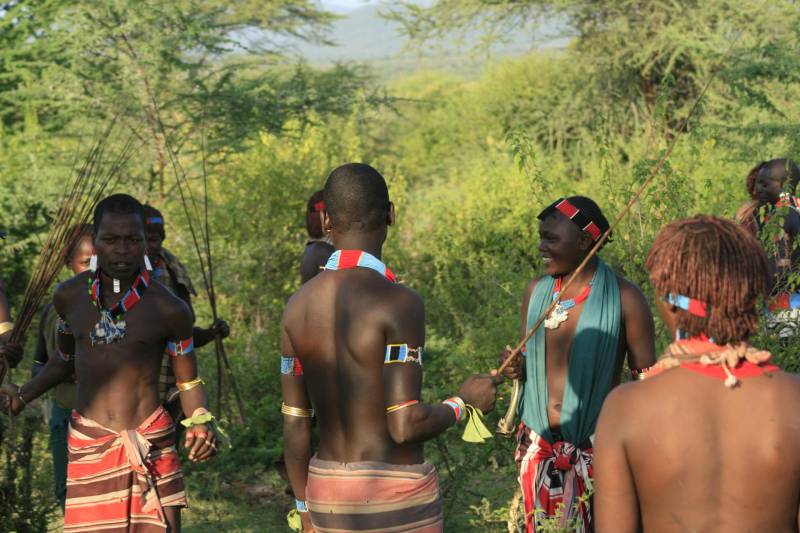
Ethiopia’s Northern Circuit Offers a Remarkable Density of Historical and Religious Attractions Coupled with a Striking Landscape of Endless Mountains. this Tour Combines the Wonderful Trekking and Wildlife of the Simien Mountains with the Incredible Historical Sites of the Rock Hewn Churches of Lalibela, the Island Monasteries of Lake Tana, the Ancient Stelae of Axum and the Wild and Remote Pinnacle-top Monasteries of the Gheralta Region.
the Unesco World Heritage Site of Lalibela is One of the Biggest Hitters in the Collection, with Its Fascinating Churches Carved Out of the Bare Rock all Concentrated Within Walking Distance of the Town. Gondar with Its Well Preserved Royal Compound Was Once the Camelot of Africa, Whilst the Island Monasteries and Relaxed Lake-side Charm of Bahir Dar Offer a Refreshing Change of Pace
this is An Extraordinary Opportunity to Travel Through Southern Ethiopia, Starting in the Old Walled City of Harar, Before Travelling Overland to the Omo Valley and Historic, Where the Scenery and Birdlife is Second to None! Moving On from Historic Route, There Will Be Chance to Meet Some of the More Remote Ethnic Groups of the Fascinatingly Diverse Areas of the Omo Valley in South West Ethiopia. Whilst in this Fascinating Region We Will Learn About the Varied Ethnic Groups Who Inhabit the Region – from the Mursi, Renowned for Their Lip-plates, the Konso Famous for Their Terraced Farming to the Hamer Famous for Their Bull Jumping Coming of Age Ceremony. this is a Unique Itinerary in An Unforgettable Part of the World – It Will Surely Be a Journey to Challenge the Senses.special Offer :exclusion :validity from :validity to :
On Arrival At Addis Ababa Bole International Airport You Will Be Met and Transferred to Your Hotel. After a Rest and Refresh At the Hotel, Your Guide Will Take You Around the Highlights of Addis. Depending On Time and How You Feel After Your Flight, You Can Choose to Sample Some of the Best Coffee in the World in the Piazza (old Town), Explore the National Museum and Archaeological Museum (home to the 3.5 Million Year Old Remains of Lucy) or Explore the Largest Open Air Market in Africa.
After Breakfast and Checkout (leaving Large Bags At the Hotel), Transfer to Addis Ababa Airport for Flight East to Dire Dawa, Ethiopia’s Second Largest City (pop. 310,000). Here Visit the Ethio-djibouti Railway Station, with Its Distinctive Colonial Architecture, as Well as the Spice Market, Where Oromo and Afar People in Traditional Dress Come to Buy, Sell, and Exchange News.
drive 55 Km (34 Mi) to the Walled City of Harer, the Historic Muslim Capital of Ethiopia. Here Explore Battlements and Gateways Dating Back to Medieval Times, Then Browse the Bustling Market Favored By Shoppers from the Amhara, Oromo, and Adere (hareri) Cultures. You also Visit the Home of 19th-century Poet Arthur Rimbaud, Who Came Here from His Native France Hoping to Make His Fortune as a Trader After He’d Abandoned Writing.
at Dusk We Gather By An Ancient City Gate to See One of Harer’s Most Famous Attractions: the Œhyena Man, Who Beckons Seemingly Wild Hyenas Out of the Darkness, Calls Them By Name, and Hand-feeds Them Animal Bones. It’s An Experience Not Soon Forgotten!
After Breakfast We Drive Back to Dire Dawa for the Return Flight to Addis. En Route, We Stop in Aweday to Visit the Region’s Largest Market for Chat, a Plant-based Stimulant. Back in Addis, We Enjoy Lunch and Then Head to the Ethnological Museum, Located On the Scenic Campus of Addis Ababa University, Which Houses Fascinating Collections of Artifacts Representing the Country’s Key Tribal Groups. Our Expert Guide Provides An Overview of Ethiopian History and Culture, Including the Traditions of Nomadic Tribal Groups Who Live Today as Their Ancestors Did Thousands of Years Ago.
Your Day Begins with An Early Morning Flight to Bahir Dar On the Shores of Lake Tana, One of the Major Headwaters of the Blue Nile. Perhaps Ethiopia’s Prettiest City, with Stunning Lake Views from Wide Avenues Lined with Palm and Jacaranda Trees, Bahir Dar Has Been a Regional Trading Center for Centuries. Even Today, Traditional Papyrus Boats, or Tankwa, Can Be Seen Transporting Goods Across the Lake.
after Dropping Our Bags At the Hotel, We Cruise Across Lake Tana to Visit Two of the Famed Monasteries of the Zege Peninsula. While Onboard Our Private Boat, Keep An Eye Out for Local Traders Sailing Their Tankwas, as Well as a Wide Variety of Aquatic Birds. After a Short Walk Through a Traditional Village and a Coffee Farm, We Reach the Monastery of Ura Kidane Meret, Home to An Important Collection of Religious Relics Dating Back to the 16th Century. On the Walls, Colorful Painted Murals Tell the Stories of Ethiopian Saints.
we Then Carry On to Discover Our Second Monastery, Azwa Maryam, Set among Pleasant Gardens and Overseen By An Affable Young Priest. in the Afternoon We Explore Bahir Dar, Stopping At Bezawit Palace for a Scenic Outlook. We also Visit Weito Village to Meet the Local Amhara People, Makers of Papyrus Boats and Handicrafts.
Setting Out from Bahir Dar, We Drive Three Hours Along An Asphalt Roadway, Passing Through Rural Villages and Across Stunning Mountain Passes, Until We Catch Our First Glimpse of the Remarkable Castles of Gondar.
often Called Africa’s Camelot, Gondar Retains Much of Its Past Glory as a Center of Imperial Power. King Fasiledes Named the City Ethiopia’s Capital in 1636, and By the Time of His Death Three Decades Later, Gondar’s Wealth and Beauty Were Renowned Throughout the Region. We Spend the Day Exploring the Castles of the Royal Enclosure, the Bathing Pools of Fasiledes (where Ancient Timkat Ceremonies are Still Performed), and the Debre Birhan Silassie Church, Whose Elaborate Decor Includes 80 Ornate Cherubs.
We Rise Early for Our Short Ethiopian Airlines Flight Over Craggy Peaks and Rust-colored Canyons to Lalibela a Remote Town Situated High in the Lasta Mountains At More Than 2,590 M (8,500 Ft). In the Afternoon We Visit Three Clusters of Remarkable Rock-hewn Churches in the Nearby Mountainsides. Carved Out of Massive Red Stone Monoliths, the Churches Reach Heights of More Than 10 M (30 Ft) and have Intricately Detailed Interiors Though Their Precise Origins Remain Clouded By Legend. Exploring Their Quiet Courtyards and Connecting Tunnels and Passages Feels like We’re Journeying Deep Into Ethiopia’s Past.
A Morning Flight Brings Us to Aksum, Now a Rustic Frontier Town in Ethiopia’s Most Northern Region But Once the Country’s Capital. According to Legend, Aksum Was Home to the Queen of Sheba, and Today Many Believe It is the Resting Place of the Ark of the Covenant. as We Explore this Ancient Place, We Discover that Its Fascinating Historical Past is Wrapped in a Deeper Sense of Mystery Around the Events that May have Unfolded Here.
our First Stop is the Complex At the Church of St. Mary of Zion, Which Features An Unexpected Blend of Ancient and Modern Architecture. While the Oldest Existing Church Was Completed in 1665 By King Fasiledes (who also Built Gondar), Its Foundations are Likely from a Temple Build By King Ezana in the 4th Century Ad, or Perhaps By King Kaleb Two Centuries Later Making this the Oldest Christian Site in Africa. It is Said that in the Church’s Hidden and Guarded Chapel Lies the Ark of the Covenant. in Stark Contrast, the New St. Mary of Zion Church is a Modern Circular Structure Built By Emperor Haile Selassie in the 1960s. Beneath the Cathedral is a Museum Housing Many of Ethiopia’s Priceless Relics.
the other Highlight of Our Visit to Aksum is the Mysterious Stele Park, with Its Small But Impressive Archaeological Museum of Aksum. a Unesco World Heritage Site, the Park Contains More Than 120 Inscribed Stone Stele Dating from the 4th Century Ad ” Some Standing Upright, Others Broken or Partially Buried. the Tallest, At 25 Meters, is the Obelisk of Aksum, Which Was Shipped to Italy in 1937 On the Orders of Benito Mussolini. It Was Subsequently Returned By the Italian Government and Re-erected in 2008.
in the Afternoon We Visit the Ruined Palace of King Kaleb and King Gebre Meskel (6th Century Ad), and What Some Believe Was the Residence of the Legendary Queen of Sheba (9th Century Bc). Beneath Kaleb’s Palace, Steep Stone Steps Lead Down to a Series of Underground Galleries and Chambers that Some Believe Housed the Imperial Treasury. We Can also Explore the Tombs of Kaleb and His Son Gebre Meskel. Nearby is the Erana Stone ” An Important Dedicatory Stone from About 320 Ad with An Inscription in Three Languages: Sabaean, Greek and Ge’ez, the Earliest Written Ethiopian Language.
After a Morning Flight Back to Addis Ababa, We Begin Our Six-hour Journey, By 4x4 Vehicle, Through Southern Ethiopia to the Rift Valley Lakes Region. As We Skirt the Shores of Lakes Shala, Abiata, and Langano, We’ll Take in Extraordinary Views While Spotting Aquatic Birds and other Wildlife. Our Destination is a Beautiful Resort On Lake Awasa.
After a Final Breakfast At Our Lakeside Resort, We Set Out On a Journey of Five to Six Hours (over Asphalt Roads) to Yabelo, Our Home Base for Viewing the Eclipse. As We Drive Southward, There are Plenty of Stops to Take Photos, Enjoy a Local Lunch, and Visit the Sidama People, Who Grow Enset also Called False Banana One of Ethiopia’s Most Important Crops. After Checking Into Our Hotel, We Gather for An Eclipse Weather Briefing Followed By a Dinner Featuring Foods from the Area.
After An Early Breakfast, We Set Out from Yabelo On a Full Day’s Drive, Stopping to Visit the Nomadic Borena Tribe, as Well as Konso Tribal Villages. Our Final Destination is Turmi, the Main Community of the Hamer People Who Live in Ethiopia’s Famed Omo Valley. Once Settled Into Our Picturesque Lodge for the Evening, We Attend An Evangadi, a Traditional Dance Performed By the Hamer.
In the Morning We Head Down the Road On a Four-hour Journey to Jinka, Stopping En Route to Visit the Dimeka Market, Traditional Meeting Place of the Hamer, Benna, and other Tribes.
Leaving Jinka Early this Morning, We Head Into Mago National Park to Encounter the Most Famous Tribe of the Omo Valley the Mursi People, Whose Women are Known for the Ornamental Clay Plates They Insert Into Their Lower Lips. In the Afternoon We Drive On, Visiting a Konso Village and Concluding Our Long Day’s Adventure At Arba Minch, a Scenic Town Set Above Two Impressive Rift Valley Lakes, Chamo and Abaya.
After An Early Breakfast, We Drive North Via Chencha, Stopping to Visit with the Dorze Tribe and Arriving Back in Addis Ababa in Time for Dinner.
Following a Late-morning Checkout, Enjoy An Expert-guided Tour of Addis Ababa Including a Visit to Holy Trinity Cathedral, a Beautiful Baroque-style Orthodox Church that is the Burial Site of Emperor Haile Selassie, as Well as Many Ethiopians Who Resisted the Italian Occupation. In the Evening, Join Us for a Farewell Dinner At One of the Best Traditional Restaurants in Addis, Where We Sample Cuisine from Around the Country While Enjoying Folkloric Dances and the Music of Various Ethiopian Peoples. After Dinner, We Transfer You to the Airport for Your Evening Flight Onward.
We are Dealing in Tour & Travels Services. Read More...
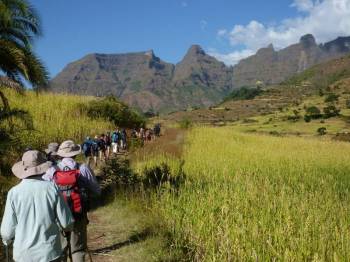 15D/14N
15D/14N
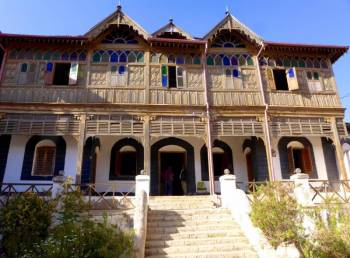 3D/2N
3D/2N
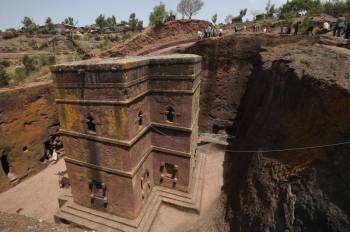 3D/2N
3D/2N
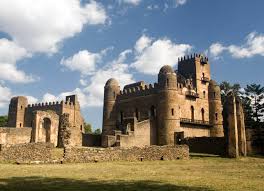 6D/5N
6D/5N
 2D/1N
2D/1N
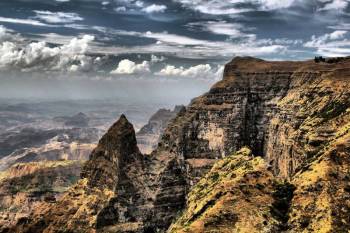 6D/5N
6D/5N
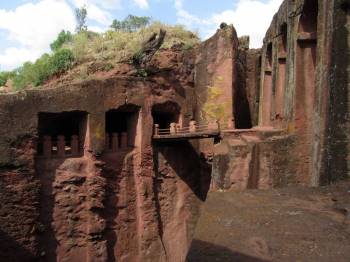 4D/3N
4D/3N
 8D/7N
8D/7N
 10D/9N
10D/9N
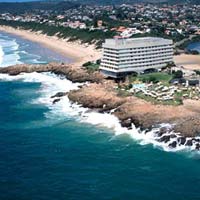 14D/13N
14D/13N
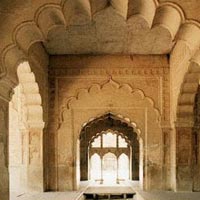 14D/13N
14D/13N
Rajasthan - Land of Kings & Queens Tour
New Delhi - Agra - Jaipur - Ranthambore - Udaipur - Jodhpur - Bundi - Chittorgarh -..
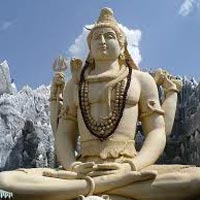 14D/13N
14D/13N
 14D/13N
14D/13N
New Delhi - Agra - Gwalior - Bhopal - Indore - Mumbai - Chhatarpur - Tikamgarh - Au..
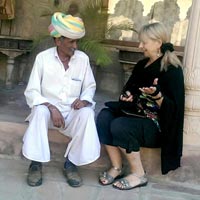 14D/13N
14D/13N
New Delhi - Mandawa - Bikaner - Gajner - Jodhpur - Kumbhalgarh - Chittorgarh - Bund..
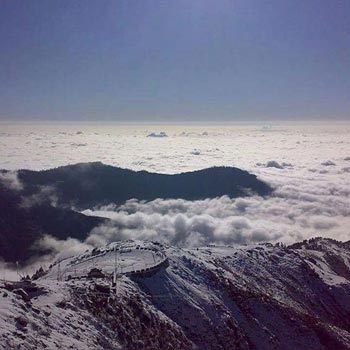 14D/13N
14D/13N
Guwahati - Shillong - Tawang - Kaziranga - Kohima - Imphal - Silchar - Cherrapunji ..
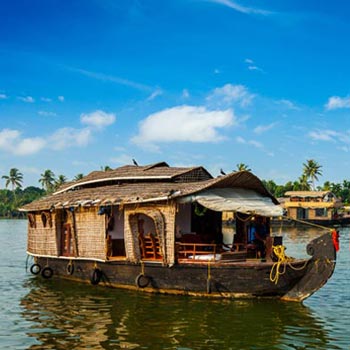 14D/13N
14D/13N
Munnar - Thekkady - Alleppey - Thiruvananthapuram - Kovalam - Kanyakumari - Kochi
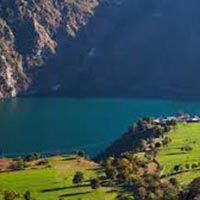 14D/13N
14D/13N
New Delhi - Shimla - Dharamshala - Dalhousie - Chandigarh City
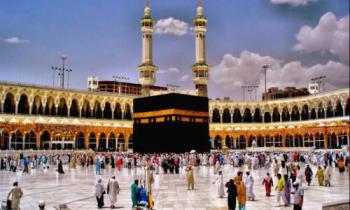 14D/13N
14D/13N
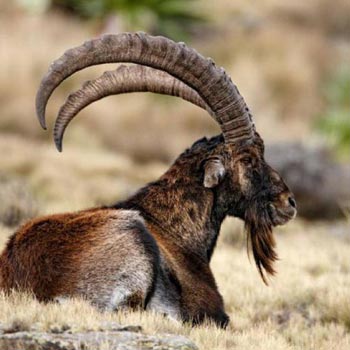 15D/14N
15D/14N
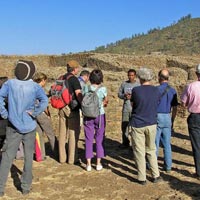 12D/11N
12D/11N
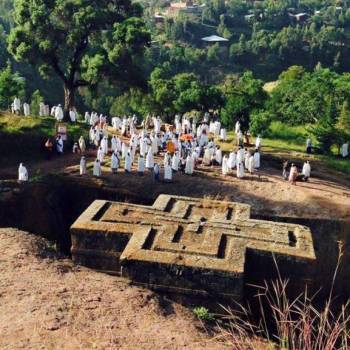 8D/7N
8D/7N
Addis Ababa - Axum - lalibela - Gondar - Bahirdar - Hawzen - wukro - mekele
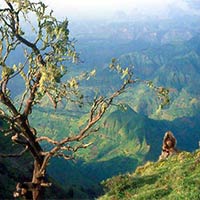 12D/11N
12D/11N
 8D/7N
8D/7N
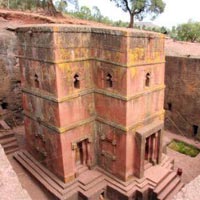 13D/12N
13D/12N
Bahir Dar - Axum - Adigrat - Addis Ababa - Gonder - Mekele
 6D/5N
6D/5N
 10D/9N
10D/9N
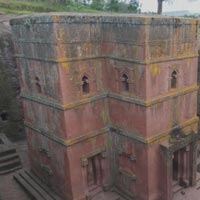 4D/3N
4D/3N